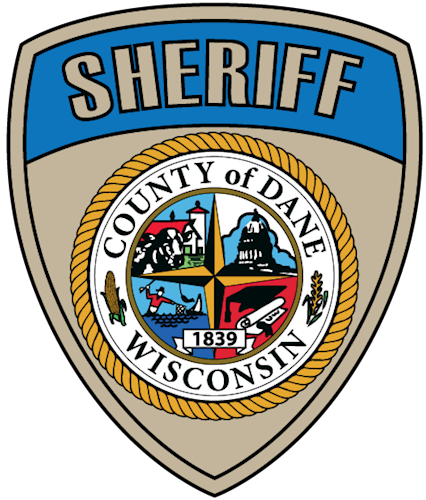WINTER DRIVING TIPS
January 18, 2008
Contact: Sgt. R.J. Lurquin
Phone: (608) 284-6876
FAX: (608) 284-6858
Sheriff's Office
Madison, WI: January 18, 2008
Winter can be a very dangerous time of the year. If you plan on traveling during the winter, it pays to be prepared for the unexpected. Getting stranded during a winter storm can be a matter of life and death.
Simply following a few simple driving habits like planning ahead, driving at a safe and legal speed, driving alert and sober and buckling up could insure that you make it to your destination safely.
General Preparation:
· When traveling maintain a winter survival kit in your trunk. This should include items such as a flashlight, flares, a shovel, kitty litter or sand, extra clothing, blankets and snow boots.
· Always make sure your vehicle has plenty of gas, and keep an ice scraper handy to ensure that windows are free from ice and snow.
· If you’re traveling in rural areas where it may take awhile for help to come to you, pack some water, candy bars, and other snacks.
· Make sure your cell phone is fully charged and if possible, have a car charger for your phone in your vehicle. Program important telephone numbers, such as tow truck services, doctor, and pharmacy.
· Program ICE contacts in your cell phone. ICE stands for “In Case of Emergency” and will help emergency personnel contact your next of kin.
If you must use your car during a storm:
· Plan your travel, selecting both primary and alternate routes.
· Let someone know your travel routes and itinerary so that if you don't arrive on time, officials will know where to search for you.
· Check the latest weather information on your radio.
· Try not to travel alone - two or three people are preferable.
· Travel in convoy (with another vehicle) if possible.
· Drive carefully and defensively. Watch for ice patches on bridges and overpasses.
· Make sure your headlights and taillights are fully operational. Remember even though some vehicles have the headlights turn on automatically, the taillights aren’t necessarily lighted. As soon as visibility decreases, turn on your lights.
· SLOW DOWN! Do not overdrive your vision. The shorter distance you can see, the slower you should go. Remember at a speed of 65 mph, your vehicle will travel approximately 884 feet before it stops (that’s the length of 3 football fields). If you are traveling 35 mph, the stopping distance is 256 feet (or nearly the length of one football field).
· Take note of your odometer and coordinate it with exit numbers, mileposts, or crossroads so if you are in a crash or slide off the road you'll better be able to identify where you are and summon law enforcement officers, rescue workers, or tow truck operators more quickly to your location.
· If a storm becomes too much for you to handle, seek refuge immediately.
· If your car should become disabled, stay with the vehicle, running your engine and heater for short intervals. Be sure to "crack" a window in the vehicle to avoid carbon monoxide build-up.
Be courteous to those awaiting your arrival:
· Call ahead to your destination just as you are leaving.
· Let someone at your destination know the license number and make and model of your vehicle, what route you'll be traveling, and give a realistic estimate of your travel time.
· If you have a cell phone, give that number to the party at your destination.
· If you have friends or family at your place of origin, you should call when you arrive to let them know you have arrived safely.
· If road conditions, tiredness, etc. delay or postpone a trip, make a phone call. Let people on both ends know of the delay.
MOST OF ALL, STAY SAFE, AND AVOID TRAVELING IN BAD WEATHER!
